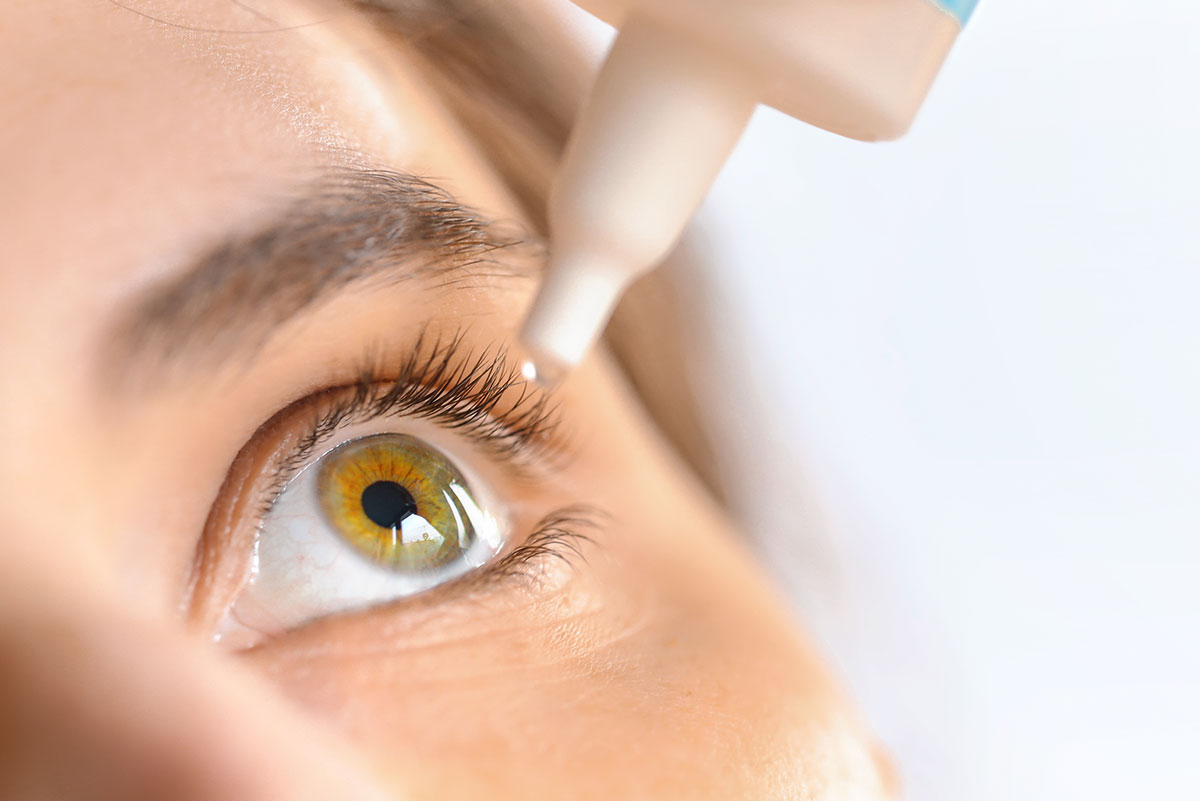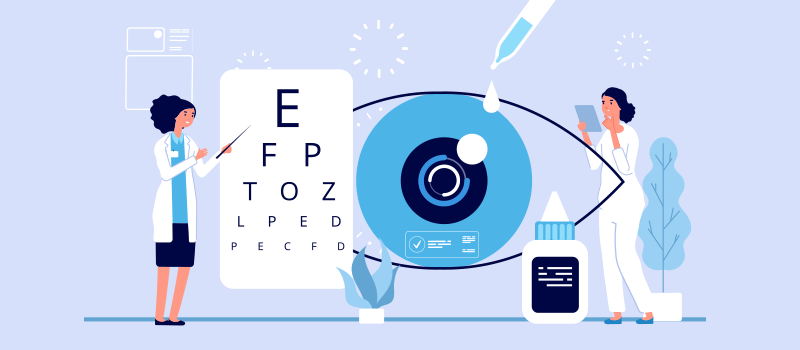Trusted Hearing Service Near Me: Expert Care at Our Clinic
Trusted Hearing Service Near Me: Expert Care at Our Clinic
Blog Article
Exploring the State-of-the-Art Technologies Made Use Of for Identifying and Treating Eye Conditions
In the world of ophthalmology, the advancement of innovation has dramatically improved the tools readily available for identifying and dealing with different eye conditions. From innovative imaging innovations that provide thorough insights right into ocular frameworks to robotic-assisted surgical treatments that use unrivaled accuracy, the landscape of eye care is frequently progressing. With the integration of man-made intelligence in diagnostics, genetics treatment advancements, and virtual truth recovery, the possibilities for boosting client end results are expanding at a fast rate. The convergence of these sophisticated technologies holds the pledge of revolutionizing the area of ophthalmology, supplying new opportunities for individualized and efficient therapies.

Advanced Imaging Technologies
Advanced Imaging Technologies have actually changed the field of ophthalmology by offering exact and thorough visualization of the eye frameworks. Optical Comprehensibility Tomography (OCT) stands out as an essential innovation in this world. OCT utilizes light waves to record high-resolution cross-sectional photos of the retina, permitting for the identification of minute architectural modifications. This non-invasive strategy help in the very early discovery and surveillance of numerous eye problems such as macular degeneration, diabetic person retinopathy, and glaucoma.
Furthermore, Fundus Photography is one more necessary device in sensory imaging. This technique includes recording comprehensive images of the back of the eye, consisting of the retina and optic disc. Fundus Digital photography aids in documenting the development of eye illness, evaluating treatment effectiveness, and enlightening individuals regarding their eye health and wellness.

Robotic-Assisted Surgical Procedures
Robotic-assisted surgical procedures have actually significantly progressed the capabilities of sensory surgical procedure, introducing a brand-new period of accuracy and performance in dealing with numerous eye problems. By incorporating robot innovation right into surgical procedures, ophthalmologists can achieve exceptional accuracy and control, resulting in enhanced client results.
Among the main benefits of robotic-assisted surgical treatment in ophthalmology is the enhanced dexterity and security it uses to specialists. The robotic arms can carry out precise activities with a high level of accuracy, allowing for fragile treatments with very little invasiveness. This level of accuracy is especially useful in surgical treatments involving the retina, where also minor errors can have substantial ramifications for a client's vision.
Furthermore, robotic-assisted medical systems offer real-time imaging and feedback to the doctor, enabling them to make informed choices during the treatment. This innovation enhances the specialist's situational understanding and permits for modifications to be made without delay, making sure optimal outcomes for the client.
Expert System in Diagnostics
With the development of cutting-edge modern technologies enhancing medical precision in sensory procedures, the combination of Expert system in diagnostics has arised as a critical growth transforming the area of eye care. Expert System (AI) algorithms are being significantly utilized to examine intricate data from imaging innovations like optical comprehensibility tomography (OCT) and fundus photography to help in the very early detection and precise medical diagnosis of various eye conditions. These AI systems can effectively recognize patterns and anomalies in pictures that might not be noticeable to the human eye, enabling quicker diagnosis and therapy see page preparation.
AI algorithms can likewise anticipate illness development, advise tailored therapy strategies, and analyze the effectiveness of interventions. By streamlining the diagnostic process, AI not just boosts the performance of eye treatment specialists yet additionally boosts person end results by making it possible for prompt treatments. As AI remains to advancement, its function in diagnostics is expected to expand, offering brand-new opportunities for very early intervention and customized treatment in the area of ophthalmology.
Genetics Treatment Advancements
In the realm of ophthalmic advancements, current strides in genetics therapy developments have triggered substantial rate of interest among researchers and medical care experts alike. Gene treatment holds tremendous pledge in transforming the treatment of numerous eye conditions by targeting the underlying hereditary causes. By presenting hereditary material right into cells to make up for abnormal genetics or to offer a missing genetics, gene treatment provides a personalized strategy to attending to inherited eye problems such as retinitis pigmentosa, Leber hereditary amaurosis, and others that were formerly thought about untreatable.

As study in gene therapy continues to breakthrough, the possibility for tailored treatments for a bigger series of eye problems grows, offering brand-new expect patients browse around this site with hereditary eye illness.
Virtual Fact Rehab
Virtual truth rehabilitation has actually become an advanced strategy in improving the recovery and recovery processes for people with various aesthetic disabilities. refractive surgeries in al. By simulating real-world settings through immersive modern technology, virtual fact offers an one-of-a-kind platform for vision treatment and rehabilitation. This ingenious method allows people to engage in interactive workouts and tasks developed to boost visual acuity, deepness perception, eye sychronisation, and total visual performance
One trick advantage of online fact rehabilitation is its capability to tailor treatment programs based on the details needs and capabilities of each individual. Through real-time feedback and tracking, medical care professionals can track development, change treatments, and provide customized like maximize outcomes. Additionally, online truth modern technology can develop a safe and controlled room for people to exercise aesthetic tasks, conquer difficulties, and develop self-confidence in a digital setup prior to transitioning to real-world circumstances.
Conclusion
Finally, the developments in imaging innovations, robotic-assisted surgical treatments, fabricated knowledge diagnostics, genetics treatment advancements, and digital fact recovery have actually dramatically boosted the medical diagnosis and therapy of eye problems. glaucoma service near me. These modern modern technologies have actually reinvented the field of ophthalmology, enabling more accurate and efficient treatments. As innovation continues to evolve, the future of eye treatment looks encouraging with the capacity for a lot more innovative solutions to boost individual results
In the realm of ophthalmology, the advancement of modern technology has considerably enhanced the devices offered for diagnosing and dealing with different eye conditions. Fundus Digital photography aids in documenting the development of eye illness, assessing treatment efficiency, and informing patients concerning their eye health and wellness.
Artificial Knowledge (AI) algorithms are being significantly used to analyze intricate data from imaging technologies like optical comprehensibility tomography (OCT) and fundus photography to help in the early discovery and accurate medical diagnosis of various eye problems.In conclusion, the improvements in imaging technologies, robotic-assisted surgical procedures, synthetic knowledge diagnostics, gene treatment innovations, and online reality rehab look at here now have actually considerably boosted the diagnosis and therapy of eye problems. As technology proceeds to evolve, the future of eye care looks encouraging with the potential for even more cutting-edge solutions to enhance person outcomes.
Report this page